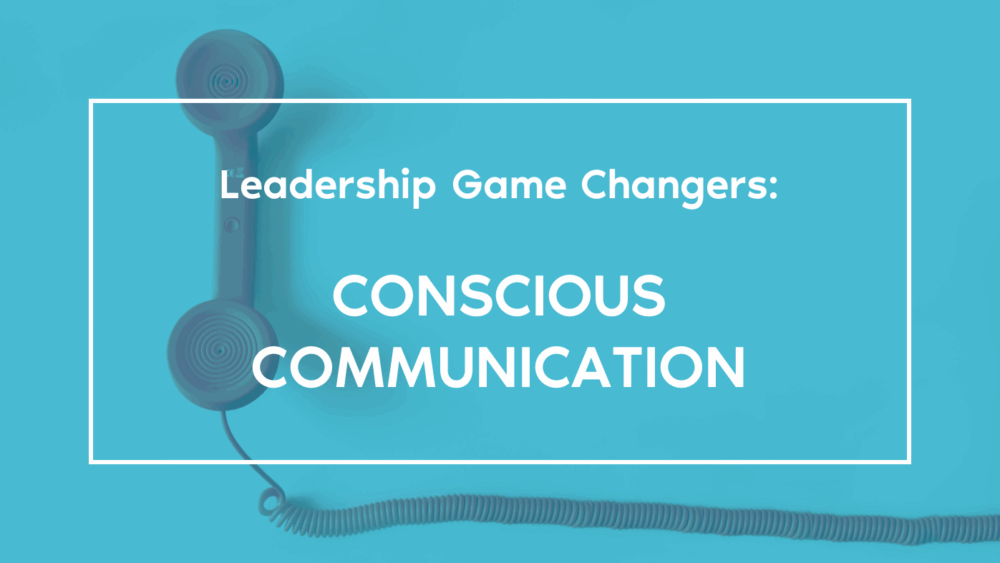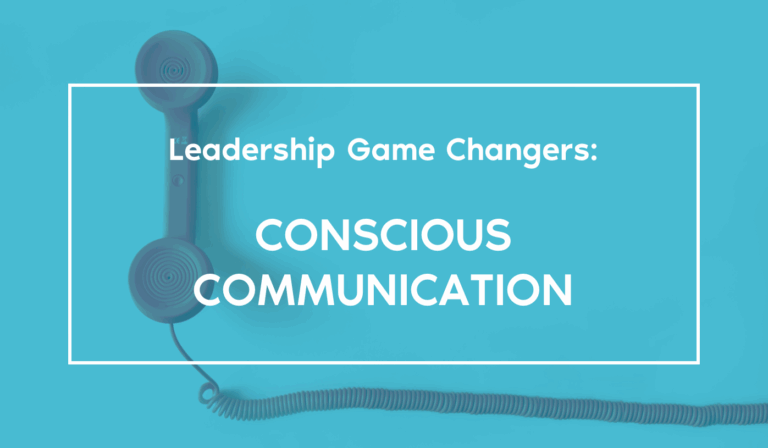Conscious Communication: The Antidote to Passive Aggressive Speech
I often attend leadership team meetings held by client companies at which I coach or teach Conscious Leadership. I recently noticed what I interpreted as a habit among the C-level team members at one client company.
One person offered a very accretive idea for an upcoming customer event, and after he completed his statement, he said “See what I mean?”
Another leader suggested something they wanted as part of a new product release, and at the end of the comment, they said “You know?”
A third leader offered that they wanted a different style for a report for future meetings. At the end of those words came “What do you think?”
After hearing twenty or so comments followed by quasi-questions like this, I couldn’t actually tell which statements were mere suggestions and which statements were demands. I shared with the team that this conversation pattern felt like it obfuscated true wants, undermined efforts to make clean agreements, and actually wasted time as a function of lack of clarity.
I could see that this conversational style was likely intended to promote brainstorming and inclusion, but I felt the effect was net negative. I also felt like it had become habitual rather than intentional.
This team is highly conversant in the Conscious Leadership principles of candor and clean agreements. I suggested a new practice of noticing and articulating what type of statements they were making in these meetings.
I recommended they sharpen their skills in conscious communication — owning honestly when their contribution constitutes a:

- “Suggestion” — an idea or contribution I make to a conversation
- “Preference” — a statement that represents something I want
- “Request for Agreement” — an ask that I and one or more others come to an agreement on the who, what, and when around a topic with authentic bilateral or multilateral consent
- “Order” — direction I offer where I have decision rights and where I’m requiring that something occur
This team is giving it a try. One of my client company CEO’s is planning to introduce it at the board level. I’d love to hear what happens when you do the same. I think this structure can help at work and in life (there aren’t too many “decision rights” at home, but there are some).
One other obvious take-away from the behavior I observed on this team is the quasi-question. If you genuinely want input, ask for it: “What do you all think?” If you’re just asking a question to take the edge of a strong statement, to secure approval from the group, or to look open, save the question. The four-part structure I provide should clean up this quasi-question habit, but keep an eye out for it just in case. When you do have an authentic question, people will notice and engage even more, and that’s positive.
My sense is that this proposed structure achieves at least a few objectives:
- First, it forces each of us to really check on the context for how we’re injecting something in the conversation. Depending on personality type, some people feel very strongly about a request, but they offer it with a tone of an idea or suggestion. Others habitually make every idea sound like a command. It’s good internal work to vet your comments with your own matrix.
- Second, it keeps communication open and honest with team members. No one likes a bubbling sense of passive aggressiveness that can appear when a very strong conviction of a colleague is veiled inside what sounds like false ambivalence. On the other hand, we’ve all seen examples of a team scrambling to complete something the CEO said and realizing later that they were just riffing out loud with no intention of having any action follow.
- Third, this practice should save time and reduce drama.
A few reminders. Clean agreements can be renegotiated. In addition, when a “request” is made and accepted by another, those people have created an agreement.
Give this a try, and let me know how it goes! Want to share this with your team? Here’s a link to conscious communication on the blog.


